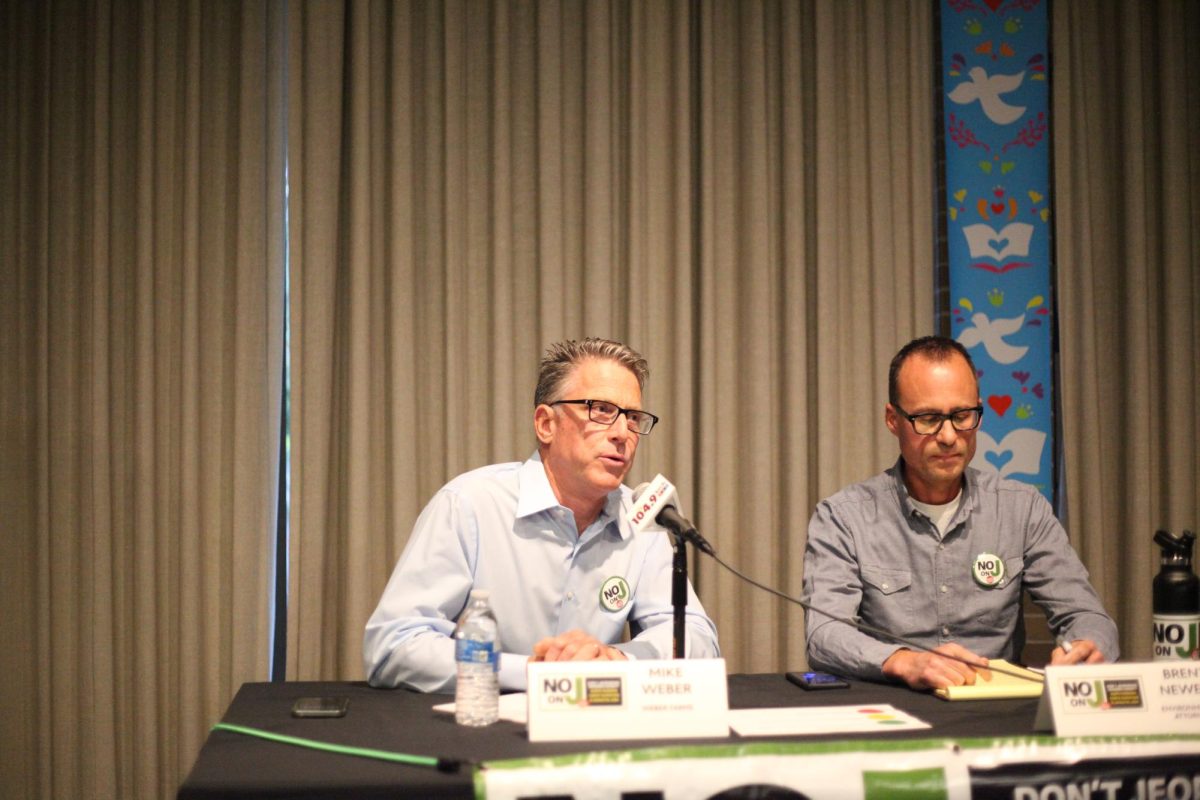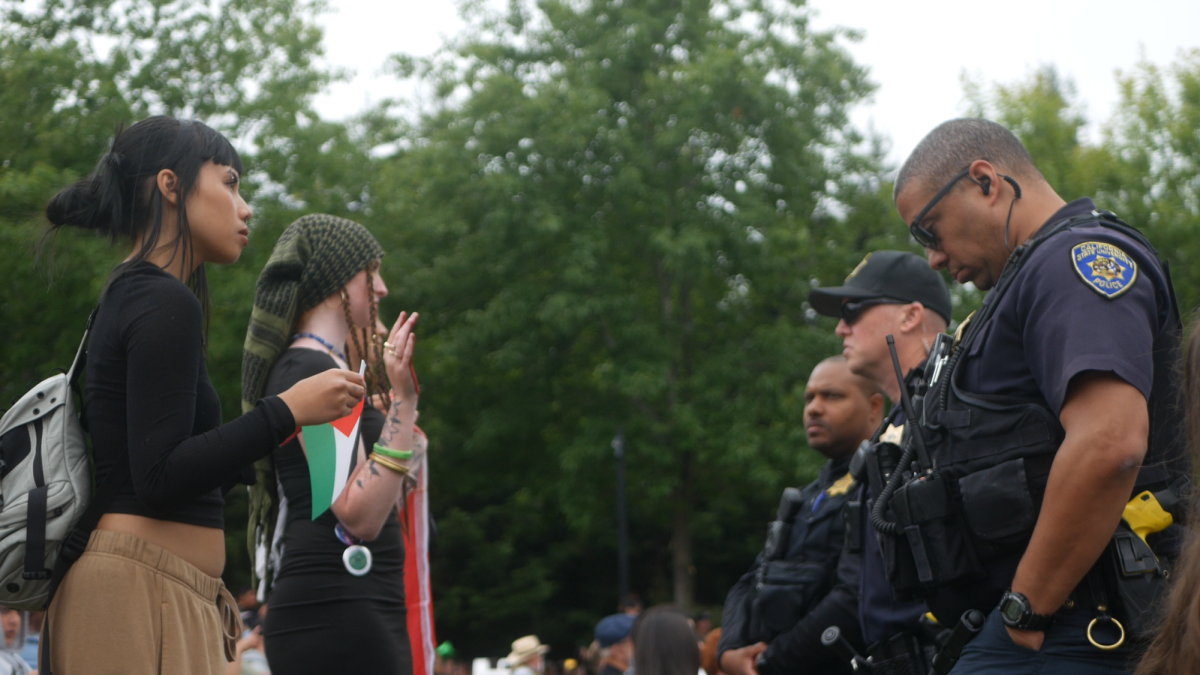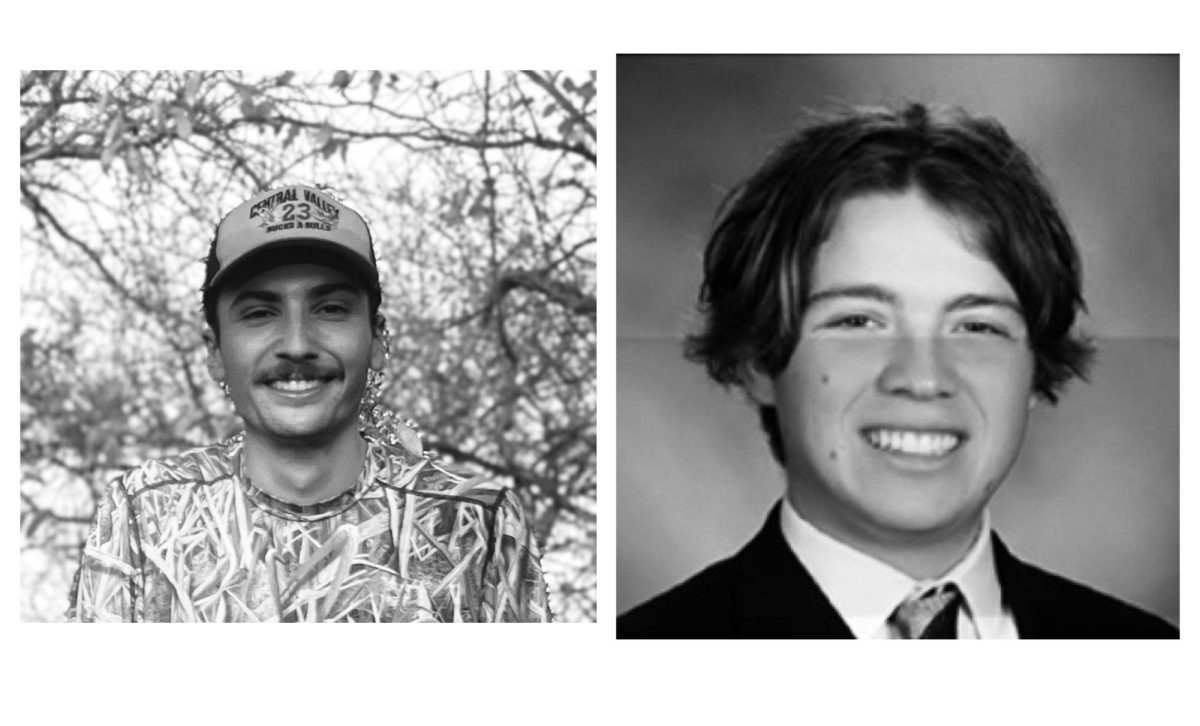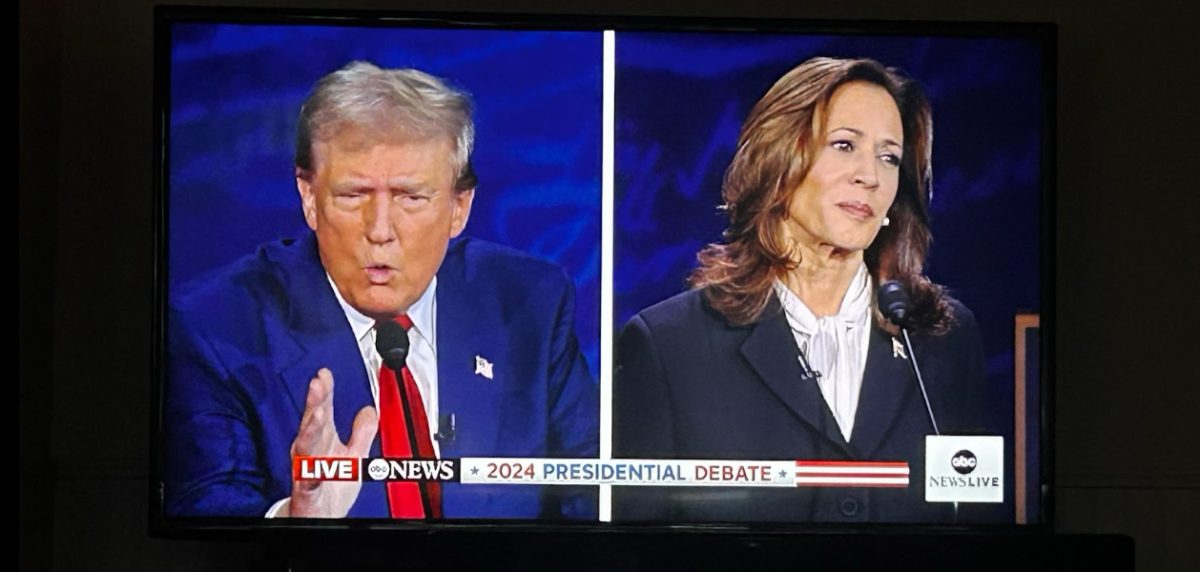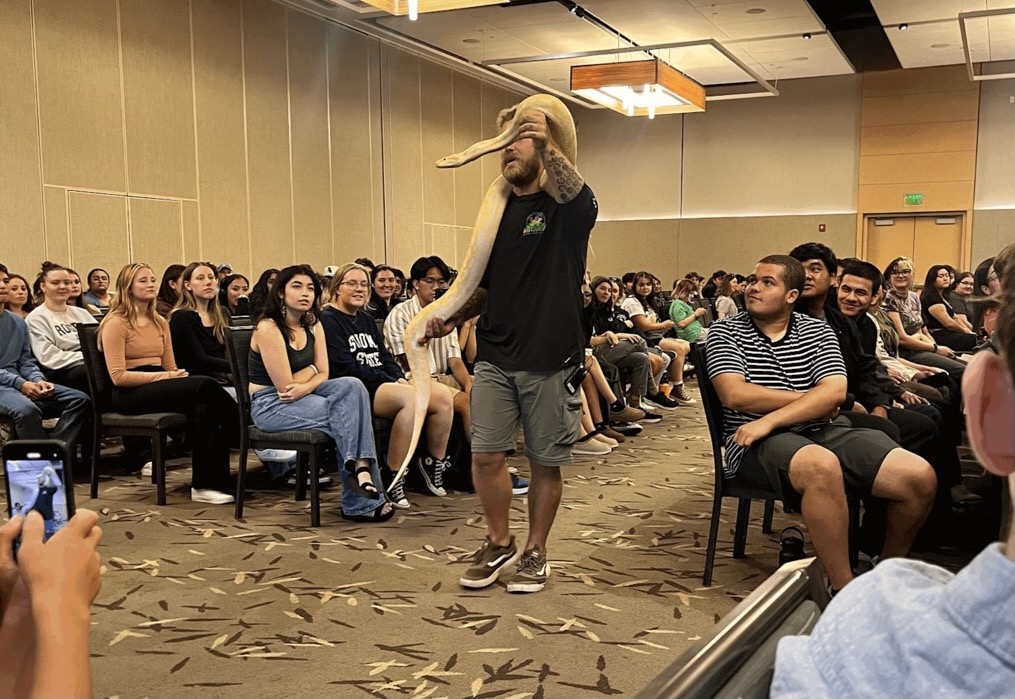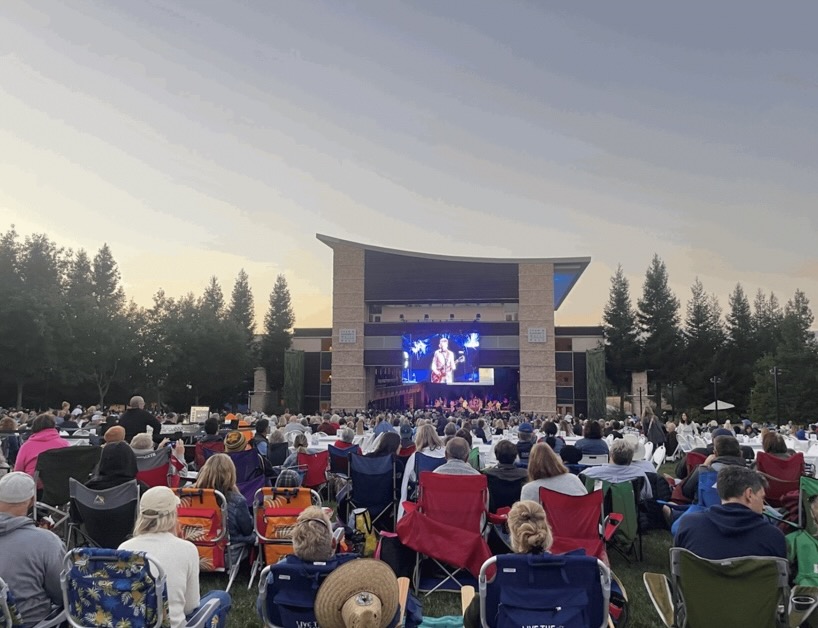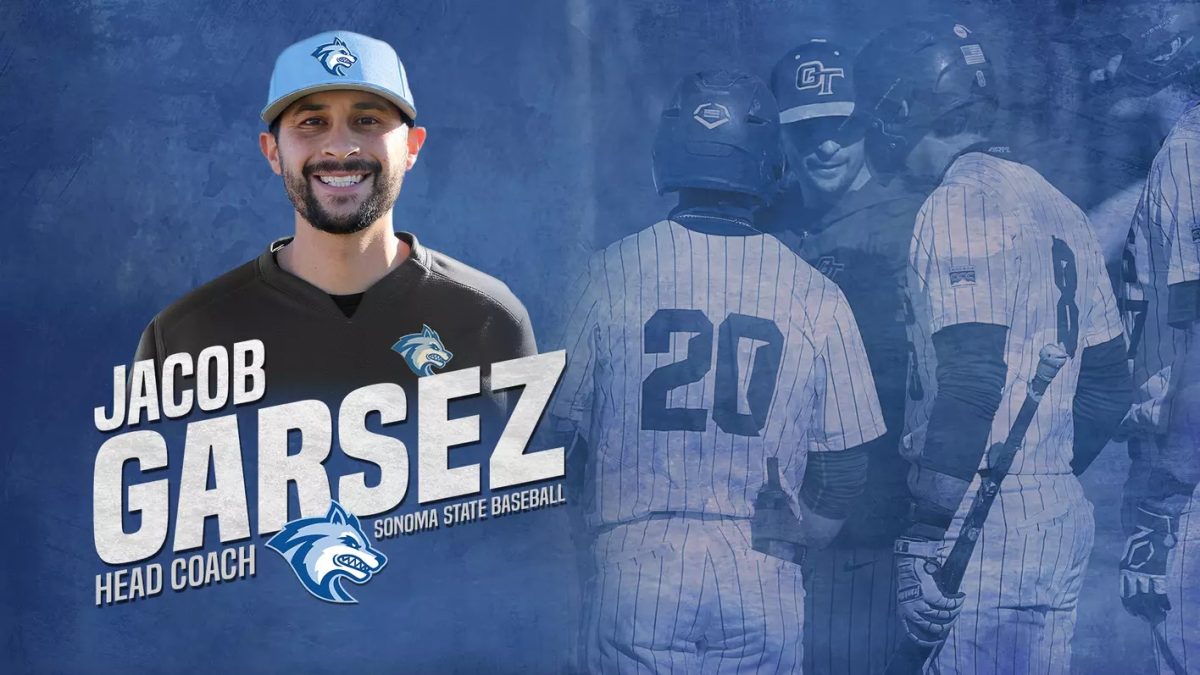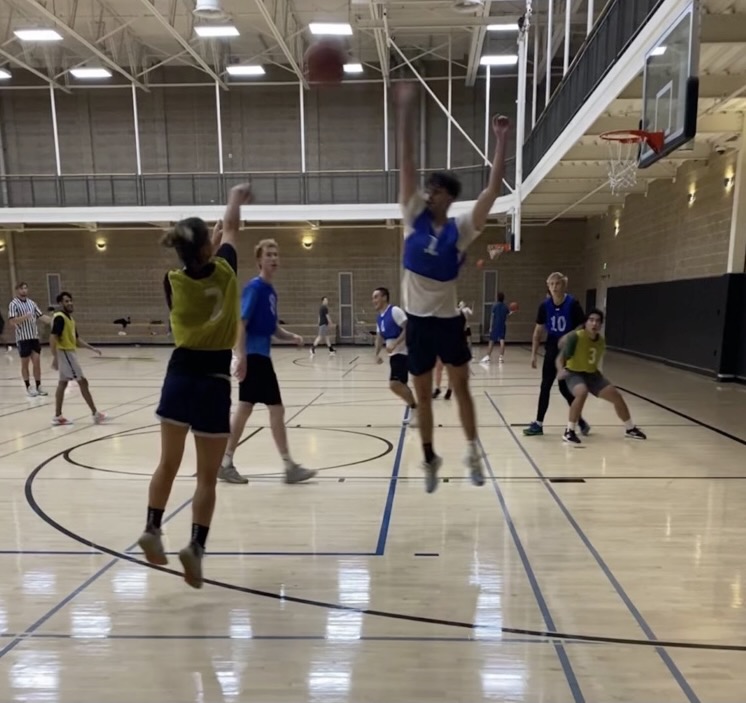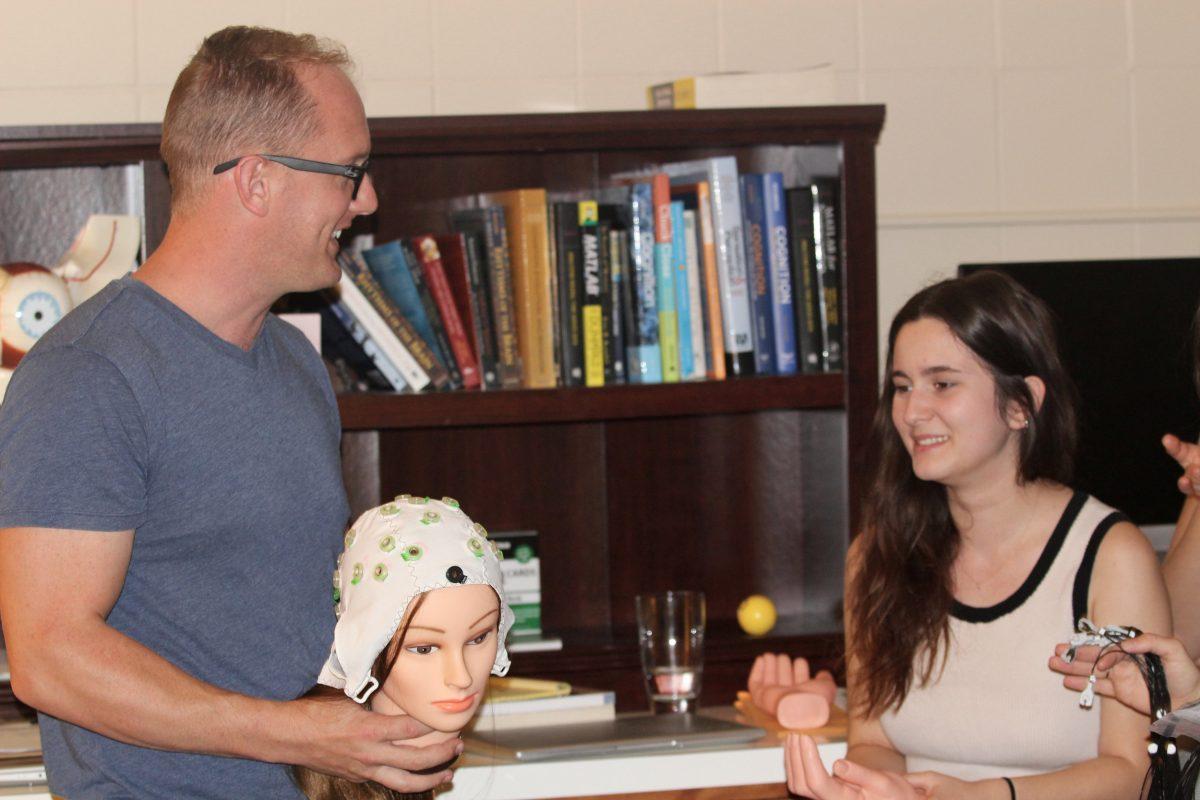As one of mankind’s biggest mysteries, the human brain poses questions that scientists still struggle to answer. The basis of these mysteries boil down to one basic question: “Are we in control of the brain, or is the brain in control of us?” said Jesse Bengson, psychology professor at Sonoma State University.
In Bengson’s lab at Sonoma State, Bengson and his students challenged the belief that humans are in complete control of their decisions. Using visual cues and random computer images, his team performed an experiment to determine the influence these visual cues have on human decision-making.
Responsible for carrying messages to and from the brain, the nervous system plays a key role in everyday human actions. Researching cognitive psychology, Bengson described the human brain as an electrical organ that produces specific patterns of electrical activity when engaging in mental actions or behavior. By studying this electrical activity and its effect on the body, also known as electrophysiology, Bengson considers how to determine the outcome of human decisions. “To what degree do our intentions determine the physical behavior of the brain,” Bengson said, “and to what degree is our seemingly willful intentions determined by the electrophysiology?”
To help answer these questions, psychology graduate Olivia Kreiger and psychology senior Alexandra Theodorough have assisted Bengson with his ongoing experiment by collecting measurements of participants’ brain activity.
Over two-hour sessions, each participant completes various tests on a computer, while wearing a white headpiece equipped with 32 strategically placed electrodes. Bengson uses these electrodes to monitor and measure brain function throughout the experiment.
When taking the tests, the scientists tell participants that an image will appear at random by the computer. In relation to abstract emotions, such as happiness or sadness, they ask participants to indicate what they believe the image will be, while simultaneously seeing a visual cue.
To record the brain activity during this process, Bengson uses the Electroencephalogram, to display a voltage map on the computer screen.
“The idea was to try and use the EEG to predict individuals decisions, even before they knew what decision they were going to make,” Bengson said, “This would suggest that, although our decisions seem willful, the brain begins making a decision before we are aware of it.”
While conducting this experiment, Bengson and his lab found that participants presented the detectable response, or stimulus, differently over and over, resulting from the randomness found within the nervous system, also known as “neural noise.” According to Bengson, “We found that this element of neural noise in the visual cortex can predict people’s decisions on a moment-by-moment basis.” This further shows how the visual cortex can make an arbitrary decision before the individual is even aware they are making the decision, he said.
“The big finding is that the way the visual cortex happens to see a stimulus can determine your decisional outcomes, even for abstract categories such as emotion.” Bengson said.
“Initially, we were interested in investigating heart generated electrical activity in relation to decision making,” Theodorough said while reflecting on her first research study. “Therefore, results involving differences in activation of the visual cortex were unexpected and beyond exciting.”
“Our findings of indicative activity in the visual cortex came as a surprise and quickly elevated to the new focus of our study going forward,” Kreiger said while continuing her research full-time in Bengson’s lab.
As for their next steps in this field, Bengson believes the most important part of science is to share these unexpected yet exciting results with a larger audience.
This past April, Kreiger and Theodorough presented their findings at the Social Science Student Symposium in Fresno and the Spartan Psychological Association Research Conference in San Jose. They also have three upcoming presentations at Optical Society of America at American University, Washington DC, Object perception, Attention and Memory at University of British Columbia, Vancouver, Canada, and Southern California conference for undergraduate research at Cal Poly Pomona.
“I am incredibly excited and honored to be presenting such amazing results and ideas at so many significant conferences,” Kreiger said. “It is our intention to also apply to many conferences for spring 2018, one of which is in Marburg, Germany.”

